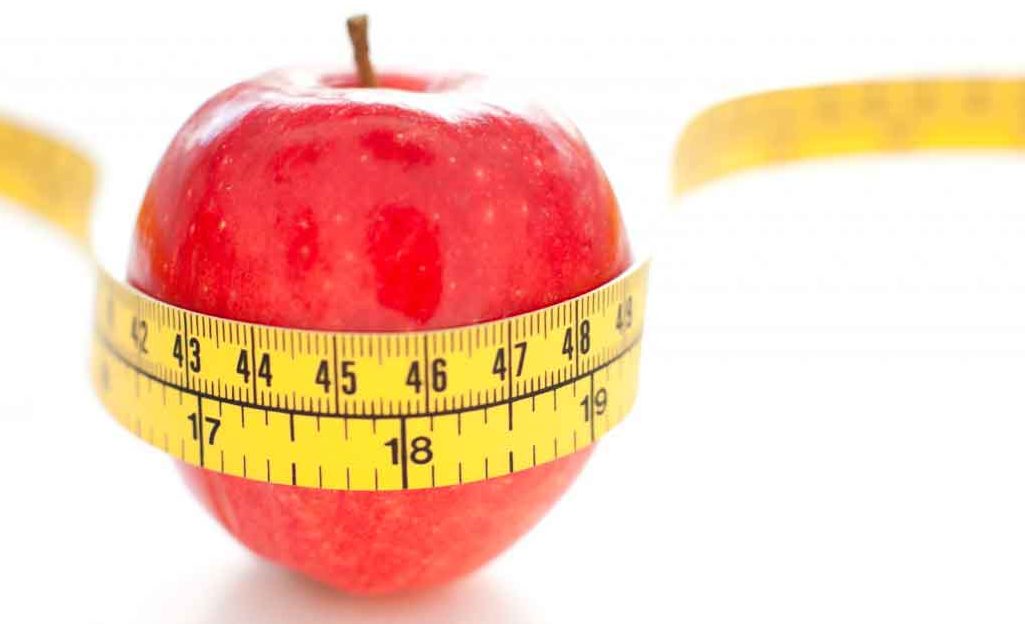The Health Risks of Being Apple-Shaped

Even if you’re not especially heavy, an apple-shaped belly is a problem. A waistline of more than 35 inches in women and greater than 40 in men is a red flag.
Some people pack on weight around their hips and legs and wind up being pear-shaped. Some people are long and lean, like carrots. Some look like apples on legs.
An apple a day may be good for you, but looking like an apple isn’t. If you bulge around your middle, you’re at more risk for health problems than a person who is padded more evenly.
YOU MIGHT ALSO LIKE: 7 Reasons You May Weigh Too Much
Obesity has been linked to earlier deaths for a variety of reasons, including heart disease, strokes, and type 2 diabetes.
There are a few ways to measure whether you’re carrying too much fat. The simplest is body mass index (BMI), dividing your weight by your height. But the ratio between your waist and hips is more important. More than half of American adults and 20 percent of children and teens are obese, according to the BMI standard.
The Centers for Disease Control and Prevention says BMI is the best predictor of heart disease.
Your waist matters even if you’re not heavy anywhere else. At a normal weight, your risk of heart disease drops if you have a waist-to-hip ratio of 0.5, another research review concluded. Above that, you may have reason to worry. That 0.5 cut-off is low. In general, you’re considered to have central obesity with a ratio greater than 0.95 in men and 0.80 in women.
You can measure your waist-to-hip ratio with this calculator.
Another measure is your waistline circumference. A waistline of more than 35 inches in women and greater than 40 in men is a red flag.
Thick middles are common, especially in women after menopause. Some 70 percent of women gain weight during menopause, on average about 1.5 pounds a year from ages 50 to 60, while their muscle mass declines. Hormonal changes play a big role. The deep fat around your organs, called visceral fat, rises from 8 percent of your total body fat, on average, to as much as 20 percent.
That middle body fat isn’t helpful. One study drew on data from nearly 157,000 postmenopausal U.S. women. If a woman’s weight was normal when the study began, but her waist was wider than 35 inches, her risk of dying from heart disease over the next 25 years was 25 percent higher than if her waist was slimmer. The risk of dying from cancer was 20 percent higher.
To measure, stand and place a tape measure around the narrowest part of your middle, usually above your belly button, just after you breathe out. To measure your hips, pick the largest area, typically the widest part of your buttocks.
You may have a low BMI but little muscle and be hauling around more fat than you know. If your waistline is on the high side and you want further motivation to work out, check your body fat percentage. This time, you’ll need to enter a variety of measurements into an online calculator.
At some gyms, a trainer will check your body fat with a special caliper, or you can buy one cheaply yourself. Between the ages of 20 and 40, 19 to 26 percent is a good score for women, and 10 to 20 percent for men. Women should aim for 23 to 30 percent body fat after 40, and men 19 to 23 percent.
Losing weight isn’t such a plus if you eat badly. The key is a healthy diet, which is linked to lower heart risk. The Mediterranean diet, focusing on fish, vegetables, fruits, and whole grains will improve your health.
Bellies grow even before menopause when you’re eating badly, stressed, or don’t maintain muscle strength. Women, in particular, often don’t bother to keep up their muscles, and cardio workouts alone won’t do that much for your belly.
If stress is your issue, make sure you get at least seven hours of sleep, and do breathing exercises or meditate. If you’re prone to sugar binges, fight them with nuts, vegetables, or a small amount of fruit. Cut out fruit juice and soda.
Updated:
September 19, 2023
Reviewed By:
Janet O’Dell, RN